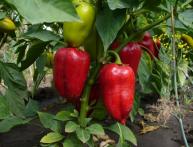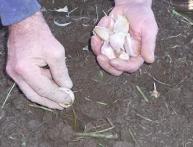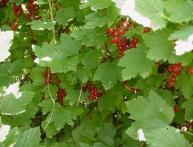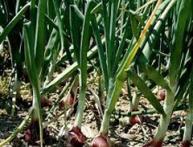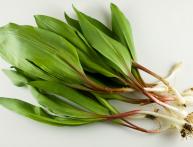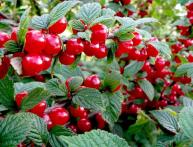Lettuce - plant history and growing recommendations
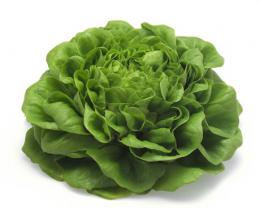
Lettuce or onion lettuce is the name of a vegetable crop belonging to the Aster family. Lettuce is one of the most ancient plants that was grown as a crop in the Mediterranean. The salad comes from the wild compass lettuce, which can be found in North Africa, Asia, Southern and Western Europe. The ancient Egyptians knew lettuce, the Persian kings considered it a valuable vegetable and revered it as a delicacy, the ancient Greeks used lettuce not only for food, but also as a medicinal plant. The Romans considered salad an exquisite dessert; in later times, it was used to prepare appetizers that stimulated the appetite. The salad was consumed not only fresh, but also marinated with honey and vinegar. Lettuce began to be grown in Europe during the time of Louis XIV.
Today, lettuce remains one of the favorite summer vegetables, which is considered a valuable source of vitamins and many microelements beneficial to humans. It is difficult to find a summer resident who does not grow lettuce.
Lettuce is not a very capricious plant, but to get a good harvest, you can use the tips of experienced agronomists.
- Lettuce should be sown on non-acidified fertile soils.
- Mineral fertilizers for salad beds will require superphosphate, urea and potassium sulfate.
- The acidity of the soil can be corrected by adding fluff lime or dolomite flour (up to 200-250 grams per square meter).
- Lettuce is also sensitive to root feeding during the growing season.
- The application of compost significantly increases productivity.
Starting in early spring, lettuce seeds can be sown directly into the soil. Leaf varieties can be grown in open ground throughout the summer.
Sow lettuce in rows, the width between which should be at least 15-20 cm. The depth of planting the seeds is up to 1.5 cm, no more than 30 seeds should be sown per linear meter.

